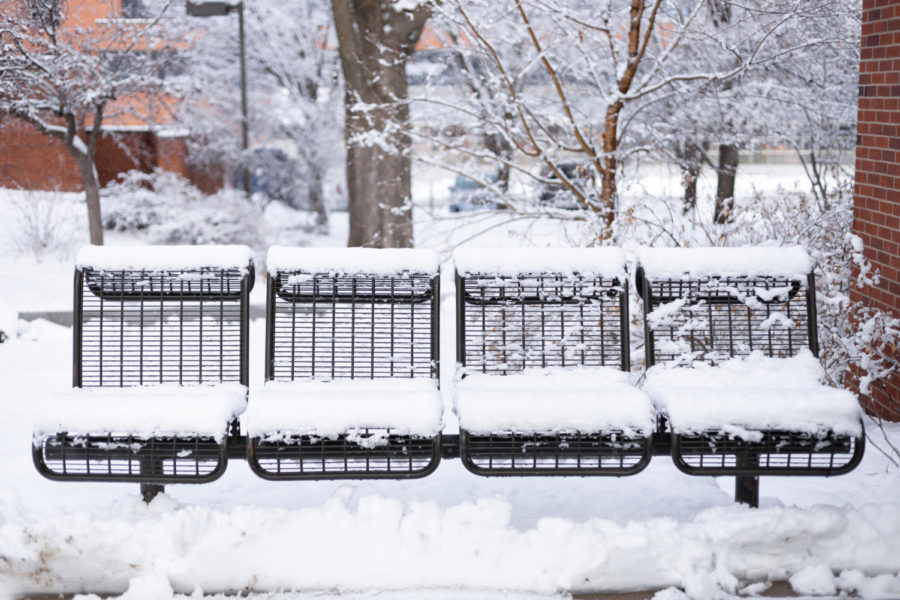COLUMN:Sept. 11, 2001 the actual start of the new millennium
January 17, 2002
Forget the debate that ran three years ago about the turn of the celestial odometer. Fate and senses of reality have set upon a new date.
For all practical purposes, the 21st century began at 8:46:26 a.m. Eastern Daylight Time on Sept. 11, 2001.
At that moment, American Airlines Flight 11 hit the north tower of the World Trade Center. At that moment, a country without foreign acts of war on its continental soil for 185 years was suddenly and deliberately attacked – but by a man instead of a country. At that moment, the freedom from fear was lost to the point it may never be fully recovered.
In late 2001, the death toll had fallen to 3,040, excluding the hijackers. That number falls almost directly halfway between Pearl Harbor and Antietam, and approximates that of D-Day. In a number so high it is surrounded by war, we have found no enemy to rise up against except terrorism itself – a different enemy classification than those of the past.
Sept. 11 became the point where end-of-century books separated themselves from the present. Many had already mentioned George W. Bush and Al Gore in their ending pages. But when those books were closed, the Twin Towers still stood.
It also caused a change between people and their government. That happened before in wars, but this time it became physically evident. On Sunday, Sept. 9, you could walk up the steps and then right through the big brown doors of the state capitol. By Jan. 9, those doors welcoming citizens into “the people’s house” were sealed for perhaps forever. Everyone must now walk through drab concrete-floor basement entrances and pass through a metal detector. Forget about showing up on a Sunday or holiday, because you won’t be let in.
It’s not just Iowa. When my family visited Little Rock on the way back from the bowl game, we had to enter by the basement gift shop instead of the ornate brass doors at the top of the outside staircase – a direct effect, we were told, of Sept. 11. The floor mats and the revolving door were still placed at the top entrance, silent reminders of the people who would no longer be allowed on or through them.
Sometimes the separation of “before” and “after” at once becomes starkly clear and muddied up. A photo in the October 2001 National Geographic of a man changing the light bulb at the top of the Empire State Building is nondescript – until you see that the photo looks south over Manhattan. An issue dated after the fact is placed before it with one picture.
A small irony and a small relief might be found in two still-accessible documents.
The irony is in the archives of CNN.com, dated June 7, 1999. “On Monday, New York opened a $13 million Emergency Operations Center. The 50,000-square-foot facility is in lower Manhattan, in a building right across the street from the World Trade Center, which Islamic militants bombed in February 1993.” The “building across the street” was WTC 7, which collapsed shortly after 5:30 p.m. on Sept. 11.
The relief might be found in the fact that as bad as Sept. 11 was, some people were concerned about much worse. The cover of the January 1996 “Popular Mechanics” showed the New York skyline for the article “When Terrorists Go Nuclear.” One caption compared the threat to the 1993 Trade Center. “A small, crudely fabricated nuclear device with an unpredictable yield could have toppled the Twin Towers, according to former weapons designer Theodore B. Taylor. Even if the bomb fizzled, gamma-ray and neutron effects would still result in thousands of casualties.”
Fortunately, that did not happen, but we are still in a time of “after.” Just set your bag on the X-ray conveyor and walk through this metal detector and everything will be fine.
Jeff Morrison is a sophomore in journalism and mass communication and political science from Traer. He is a copy editor for the Daily






